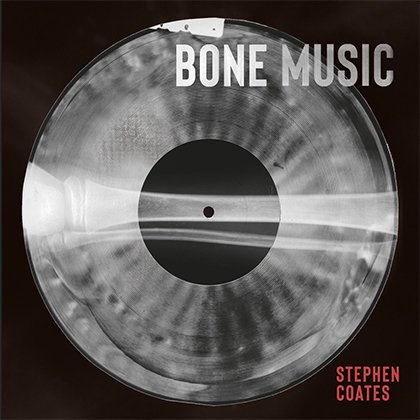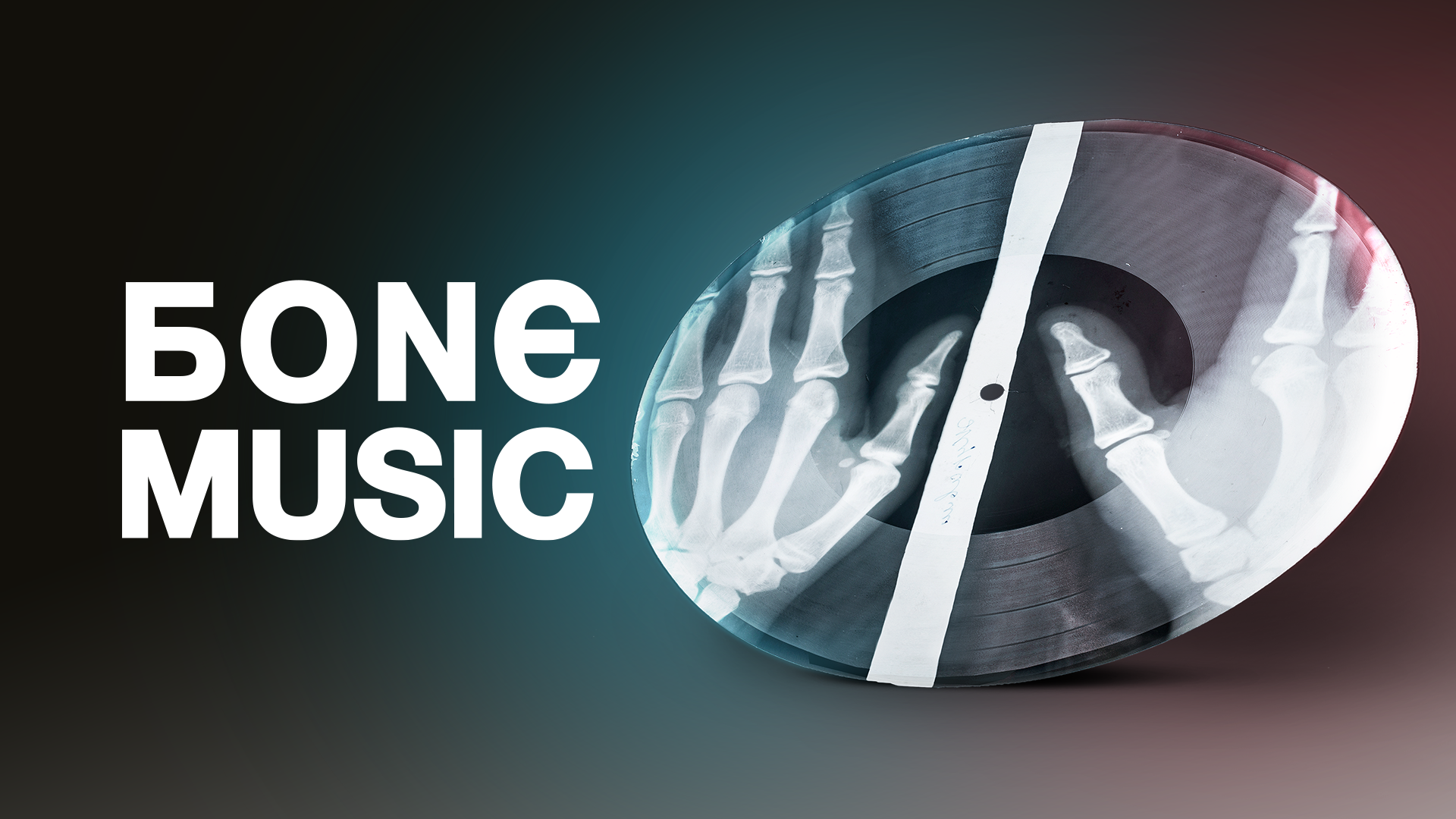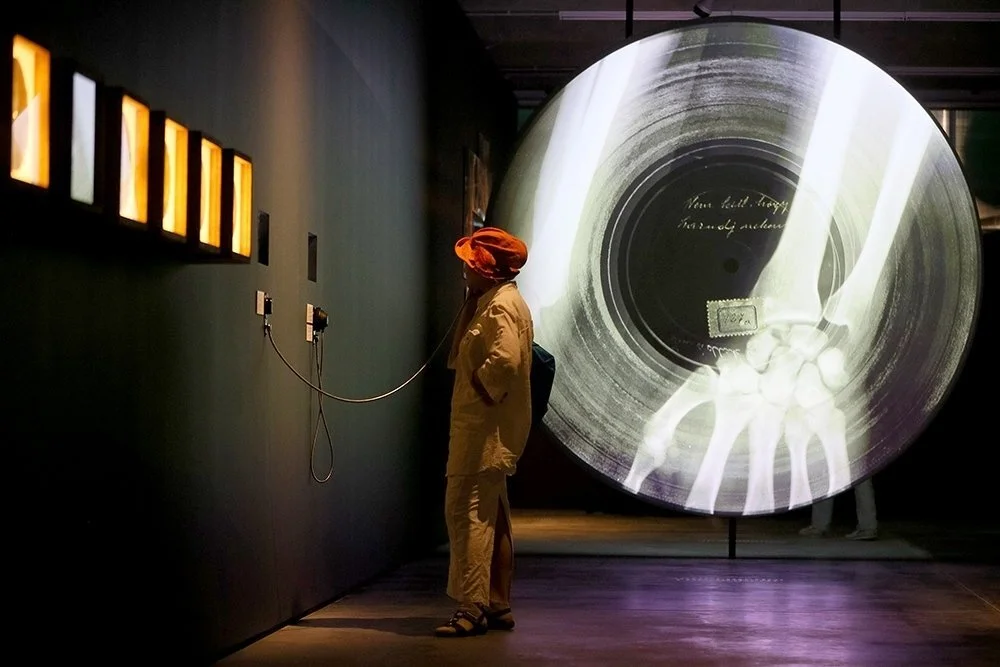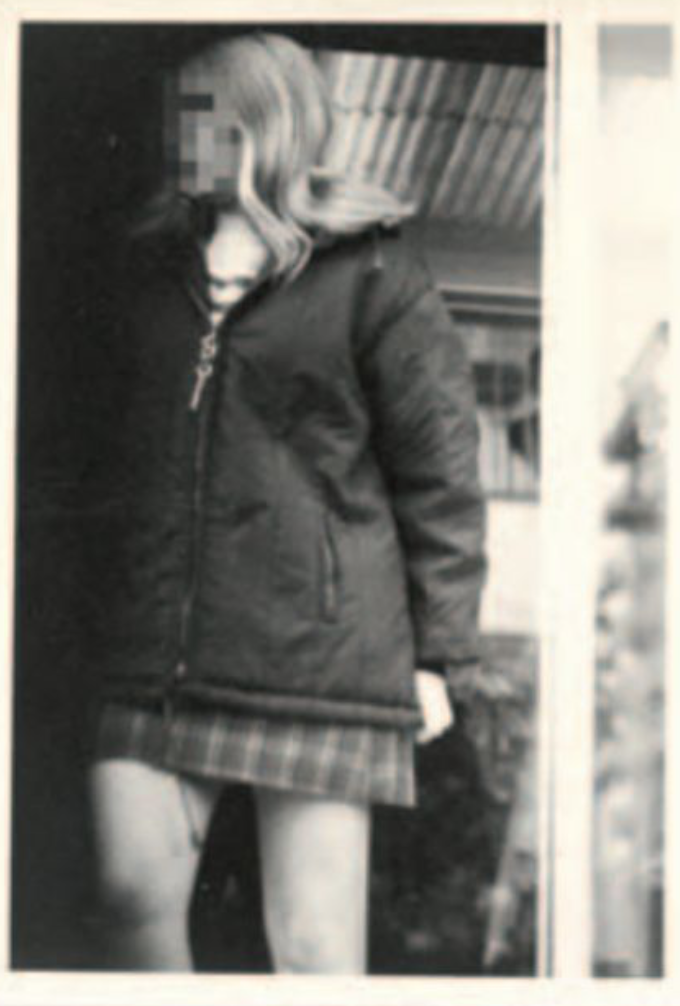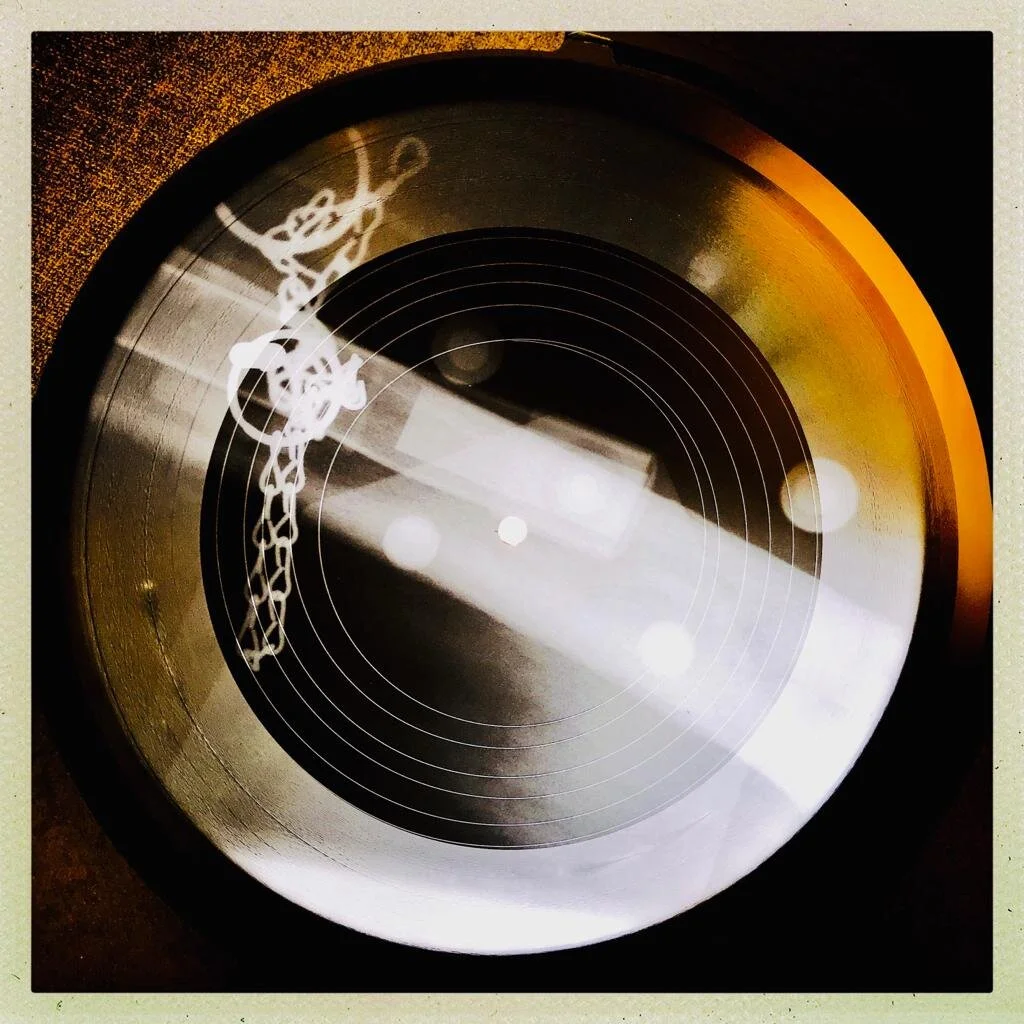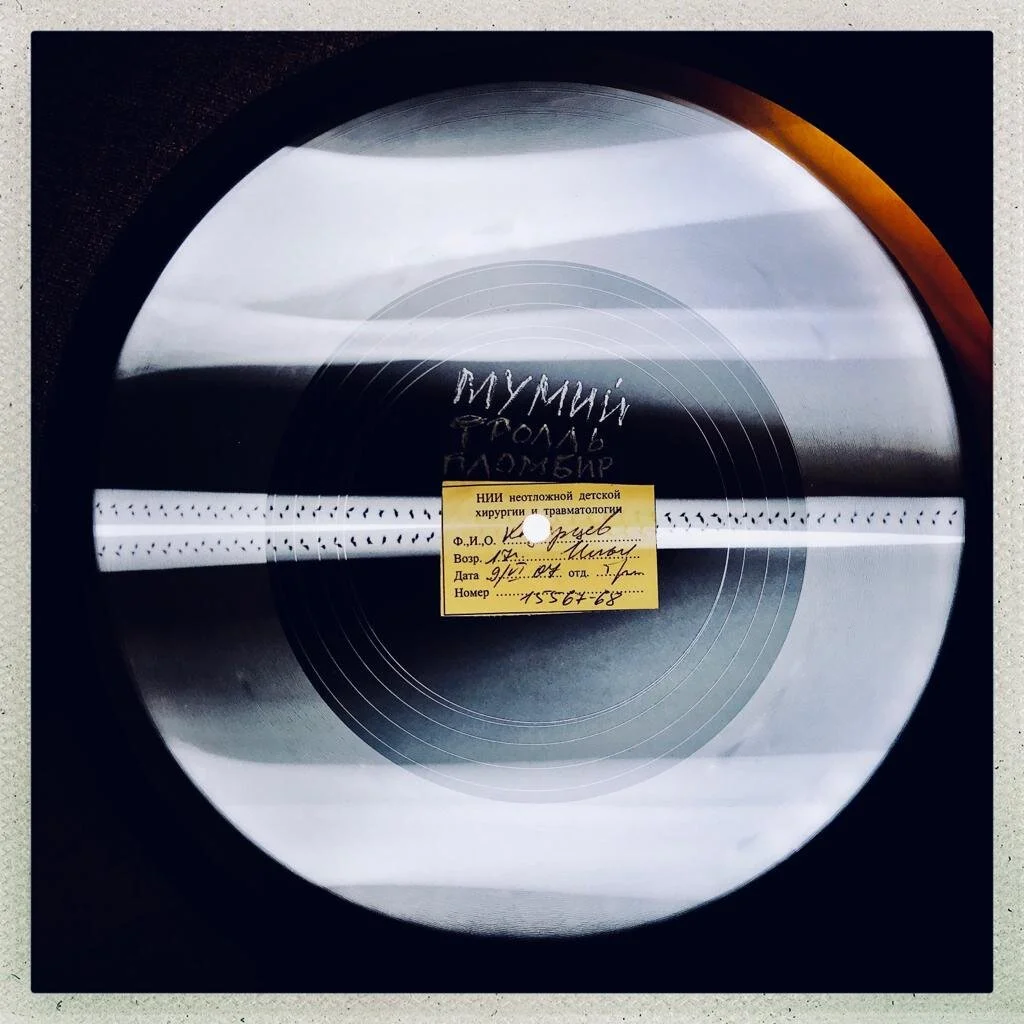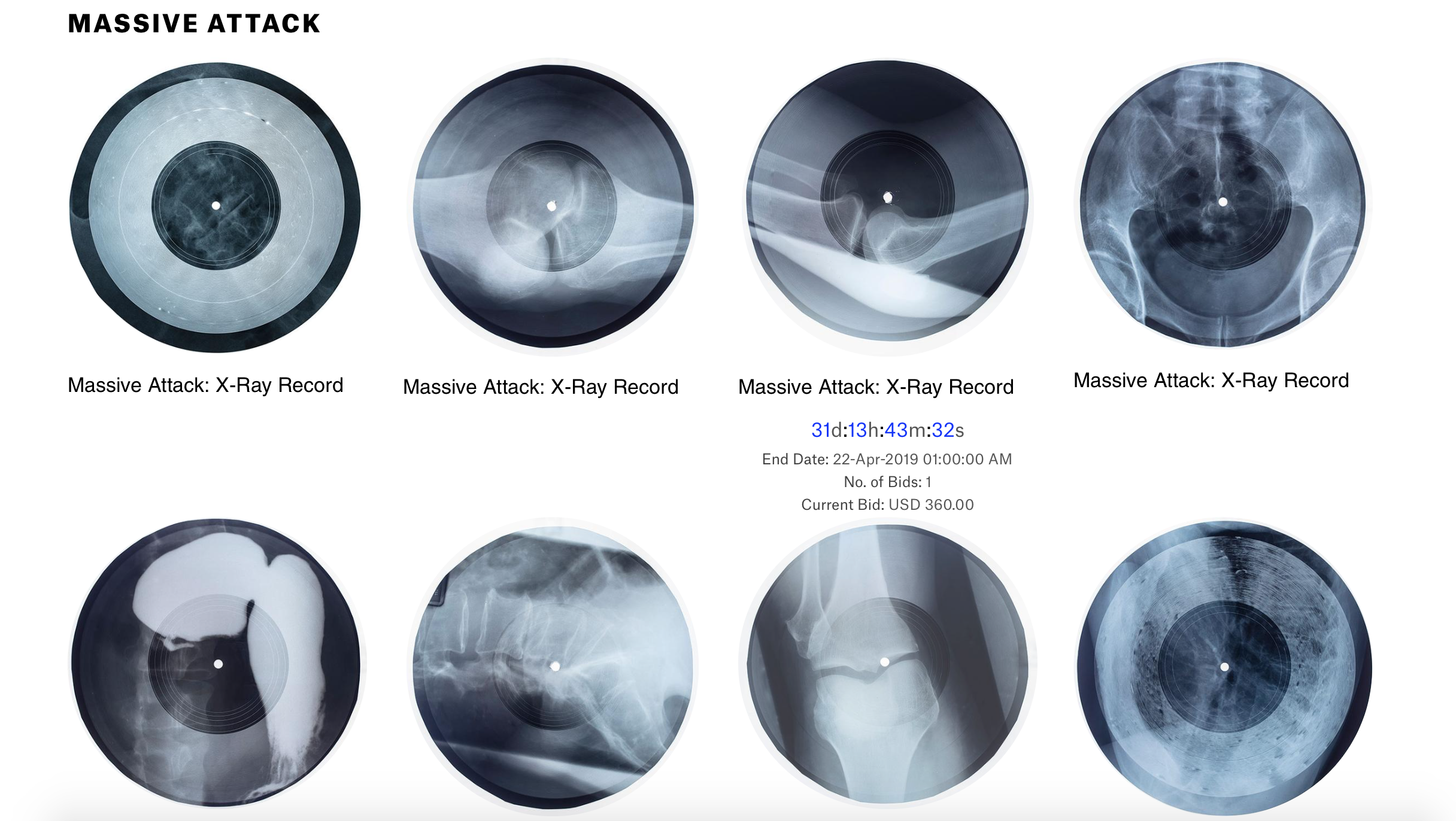Photo: www.nmknudsen.dk
“A culture of self-censorship and fear of backlash from funders, colleagues and the public is convincing arts and cultural workers to stay silent on important issues”, according to new research from ArtsProfessional (link)
I noted previously in this piece that the cultural effects of the war on Ukraine are not just happening in Russia:
“It has also been very disappointing to witness ludicrous black and white thinking applied to ’Russians’ (millions of whom don’t support Putin and / or live abroad), and to Russian culture here in the UK. I was personally challenged about the appropriateness of promoting a show by Russian theremin player Lydia Kavina (a British resident of over 25 years). A friend who is living in semi-exile in Turkey and resolutely anti-war was ‘disinvited’ from a festival he had been booked for in Bournemouth because he was Russian.”
Unfortunately this seems to still be the case.
I was recently told by someone who had hoped to make a Bone Music event, that we wouldn’t be able to after all because of “colleagues who were worried about the sensitivity of it being seen as an ostensibly 'Russian' event” *
I find this rather tragic.
Not for this project - there is plenty happening for us - but it seems at best misguided, at worst, a kind of weak virtue signalling.**
Apart from the fact that the theme of Bone Music is cultural resistance in the face of tyranny - and the power of culture across political borders - what difference can be made by such an attitude? Because we abhor the war on Ukraine should we cancel concerts of music by Rachmaninov, Tchaikovsky, Shostakovich because they are ‘Russian’? Or not show Doctor Zhivago or Stalker? Will the Russian regime care - even if they knew? If anything they would probably find it useful.
Just to repeat - and at the risk of sounding pompous - culture is one of the most important things that connects us - beyond, ideology, nationalism, politics and beyond conflict - and it is one of the things that can help to reconcile differences and bring about resolution after conflict.
What do you think?
* Ironically Bone Music is not just a ‘Russian’ project, but a Ukrainian, Hungarian, Baltic project and a significant part of it is about artists living in exile from the Soviet Union.
**Just to note: it hasn’t been any Ukrainians who have made any of these decisions.



